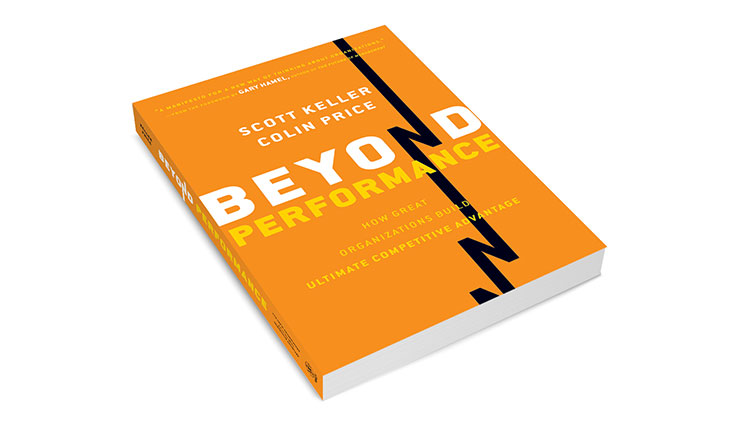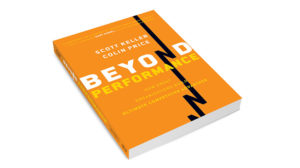



Beyond performance – how great organizations build ultimate competitive advantage
The Lime Group | Articles

 Scott Keller and Colin Price
Scott Keller and Colin PriceIt’s one thing reading of the proven and seemingly logical links between thriving organizations and the balance they achieve between health and performance… and yet another thing applying the theory. We regularly walk this line in our work, as do our clients.
The authors suggest there are 9 specific elements contributing to ‘organizational health’. Broadly, it is the ability of an organization to align, execute, and renew itself more rapidly than its competitors, so that it can outperform over a longer time. Simply, performance is more about what a company delivers to its stakeholders (usually against financial and operational goals) and health, about the shape the company’s in to deliver the results. The way I see it, performance is backward looking, and health, future focused. Traditionally, organizations get busy measuring their performance, and fail to measure the very thing their performance is founded on. Performance measures don’t tend to give insight into the root causes of poor performance, nor provide the leeway needed for adjustment. It seems logical to manage the things that will impact performance closely, so that you know whether you’re likely to hit or miss your targets in the near future.
Rather than bringing new elements to this fairly well-accepted model, the 5 frames approach marries the harder elements of performance with the softer elements of health, perhaps providing leaders with more confidence in this connection.
After leaders have worked out where they want their organization to go – set their goals and targets around a vision, and decided what the company might ‘look’ like to best achieve these – they turn next to assessing the company’s readiness to move.
This ‘readiness’ phase is exceptionally useful to diagnose the set of causes that are creating significant organizational performance problems. In our experience, the results usually resonate hugely with leaders and their organizations. As Keller and Price suggest, naming mindsets and behaviors that are limiting performance is a good first step to enabling the organization – they tend to feel more in control of the situation, more empowered to do something about it.
However, it’s the reshaping and acting frames (the next two in the authors’ sequence to balancing performance and health) that often provide substantial stumbling blocks. The very nature of limiting mindsets can prevent people from thinking differently about how to architect a solution or create change, and certainly stop them from acting differently (whether or not they are clear on the alternatives). Perhaps a closer link with performance, as shown in this book, will help leaders to embrace and support the needed changes in health, and get them through the tough phases where some extra confidence in the approach is needed (in truck loads).
The key point is, despite the difficulty of the task, organizational health is something that you can control. Unlike many other factors that influence performance – market changes, government actions, customer behaviors etc – we can grab organizational health by the horns, tackle it and start it on its fitness campaign towards new healthy habits.